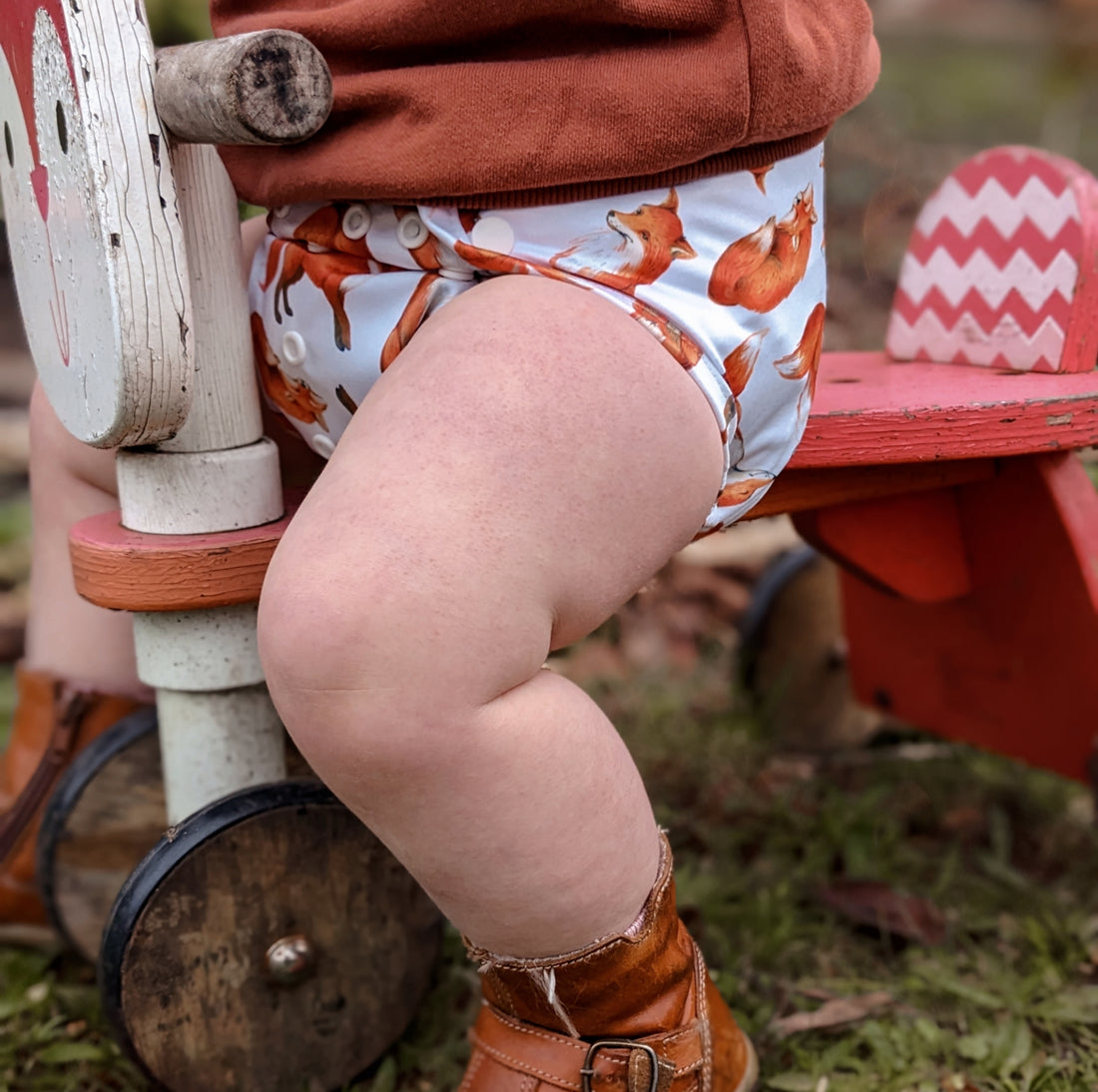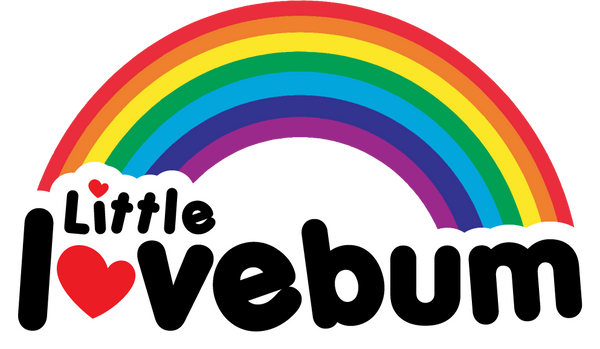
Your top cloth nappy questions answered.
Share
Are cloth nappies better for baby?
There's no question that cloth nappies are better for the environment, but whether or not they're better for baby depends on whether YOU think they're the right choice for your family, as ultimately whatever is best for you is best for baby. However, cloth nappies have some impressive benefits for baby including being better for baby's hip positioning, being much gentler on baby's sensitive skin, being free of chemicals, and the potential of earlier potty training (although this is individual to each child!)
What are the disadvantages of cloth nappies?
The initial financial outlay is usually the trickiest part of choosing cloth, as you'll want around 20-25 nappies and potentially more if using from birth (newborns need a LOT of changes!) However these can later be sold on to recuperate costs, or worn by future children which can save a lot of money long term. The other main concern users have is the extra laundry. Truth be told, most babies tend to create a lot of extra washing anyway so most parents find an extra nappy wash every couple of days fits in fine. To avoid extra laundry prep you could opt for an all in one system that's speedy to dry and requires no extra prep work, such as the Little Lovebum Quickdry.
What age is best to start cloth nappies?
Again, there's no right answer for this, just what's right for you. Many parents like to start when their baby weighs around 10-12 lbs as this is when most onesize nappies begin to fit baby properly. Others like to start using cloth straight from birth as reusables are free of chemicals and therefore are super gentle on delicate newborn skin. And some parents don't try reusables until their baby is much bigger - it's never too late to start!
How many cloth nappies do I need?
This depends on your baby's age, your wash routine and what type of nappies you've purchased - plus of course whether you plan to use cloth full time or part time. Nappies made from naturally highly absorbent materials such as hemp can take much longer to dry. For full time use most families will opt for around 25-35 nappies to allow for washing and drying time, although with a fast drying nappy like the Little Lovebum Quickdry you may not need as many. You could also opt for a two part system and have a higher ratio of inserts to shells, in order to save you from buying a full set of all in ones.
Do cloth nappies feel wet?
Many reusable nappies have a staydry layer which helps to keep baby feeling dry and comfortable. Some prefer nappies without a staydry layer - they might prefer natural fibres against baby's skin, or this might be to encourage potty training so baby can feel when they are wet.
Do cloth nappies leak more?
On the contrary, most parents that use reusables don't tend to experience the same up the back "poonamis" that are considered the norm with single use nappies! But you can still experience leaks with reusables - once you know how often baby needs changing and how to get a nice snug secure fit, it's much easier to ensure your cloth nappies are leak free.
Do cloth nappies smell?
Most cloth users note that the smell of a baby that's pooped in a disposable nappy is much worse than in a cloth nappy, possibly due to the chemicals in a sposie. With a reusable, solids are shaken down the toilet, then the soiled nappy is stored in a lidded bucket or zipped bag before being washed sparkling clean every couple of days - there's no week's worth of stinky nappies lurking in a bin with cloth! And as long as your wash routine is on point, just-washed cloth nappies smell fresh and clean, no stinks here!
Why don't you soak modern cloth nappies?
It's not necessary to soak modern cloth nappies, dry pailing is perfectly sufficient. Washing machines are incredibly effective these days - it's recommended to run a rinse cycle first to clean off the worst of the soiling and this avoids all the faff of soaking nappies. What's more, by avoiding soaking nappies you're also extending the lifespan of your nappies as leaving them sopping wet for long periods of time can degrade the materials prematurely.
What to do with the poo from cloth nappies?
If baby is not yet weaned, poo does not need to be removed from the nappy as it is water soluble. You can simply dry pail the nappy and the rinse/wash will work their magic. Post weaning, solids need to be shaken down the toilet then the nappy is dry pailed. (Did you know that the WHO also recommends you also flush the solids before disposing of single use nappies, but it is rarely commonly practiced?)
Written by Hannah, blogger at @littlepackofvegans and mama of (soon-to-be) 3 little people who have all worn cloth nappies!
